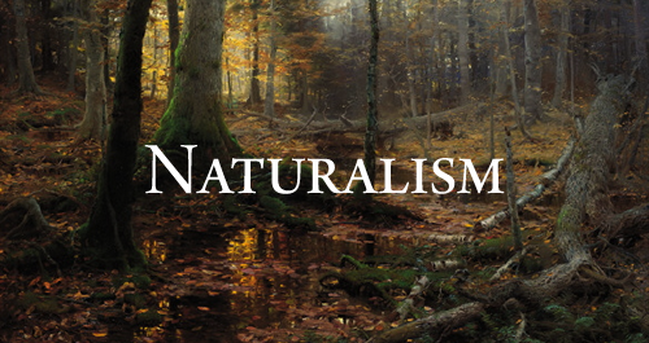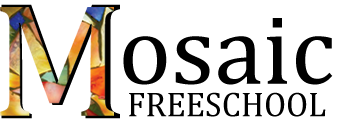|
with Angela Harris Anthropomorphism Stories We ended class last week by beginning a fun creative writing exercise that attempted to imitate London's storytelling devices by narrating a story from our own lives from the point of view of a pet (or an imaginary animal). We had some wonderful results and I have posted them on the private Gathering Ink Community Page for students and their families to enjoy. Please check them out! Analysis Chapters 4-5Our analysis this week focused on the relationships of the dog team to their various owners: Francois and Perrault, the man known as the Scotch half-breed, and Hal, Charles, and Mercedes. We discussed how London very cleverly introduced these owners in a particular order so that the reader could gain perspective on the the dogs' experiences and that Jack London probably ran into these types of characters on his own journey to the Klondike. We especially enjoyed talking about Mercedes and her ridiculous antics. Was the character true to life or exaggerated to make a point? We agreed probably true to life! Literary AnalysisThis week's literary analysis focus was:
Symbols and Metaphors Symbols are persons, places, or things in a narrative that have significance beyond a literal understanding. The craft of storytelling depends on symbols to present ideas and point toward new meanings. Most frequently, a specific object will be used to refer to (or symbolize) a more abstract concept. The repeated appearance of an object suggests a non-literal, or figurative, meaning attached to the object. Symbols are often found in the book’s title, at the beginning and end of the story, within a profound action, or in the name or personality of a character. The life of a novel is perpetuated by generations of readers interpreting and reinterpreting the main symbols. By identifying and understanding symbols, readers can reveal new interpretations of the novel. A metaphor is a statement that one thing is something else, which, in a literal sense, it is not. By revealing similarities, metaphors provide insight into characters, events, and issues. While Jack London does not use figurative language frequently, some of his characters and themes may be interpreted as symbolic or metaphorical. For instance, the land in The Call of the Wild holds significance that extends beyond weather and terrain. Character Development Novels trace the development of characters who encounter a series of challenges. Most characters contain a complex balance of virtues and vices. Internal and external forces require characters to question themselves, overcome fears, or reconsider dreams. The protagonist may undergo profound change. A close study of character development, maps in each character, the evolution of motivation, personality, and belief. The tension between a character’s strengths and weaknesses keeps the reader guessing about what might happen next and the protagonist’s eventual success or failure. Naturalism vs. Realism We finished up class by introducing the concepts of Naturalism, Realism, and Romanticism, within literature. Naturalism is the style of fiction in which characters are forged by their environment. First introduced by the French writer Émile Zola in the 1880s, Naturalism, an extension of Realism, was a reaction to the tenets of Romanticism, which idealized emotion and adventure. While Realism attempts to depict characters and their situations as truthfully as possible, Naturalism moves beyond realistic description to also address the psychological and evolutionary forces that contribute to a character’s decision making. Characters must confront their limitations and adapt in a world that can be violent, powerful, and destructive. This rather depressing quote by Stephen Crane sums up Naturalism so well: A man said to the universe: “Sir, I exist!” “However,” replied the universe, “The fact has not created in me a sense of obligation.” To drive home the basic tenets of Naturalism, students were challenged with creating a comic that will illustrate one of the following elements of Naturalism:
Optional: Turn your plot line into an actual comic with illustrations and send to me so I can share on the Community Page! As always, refer to your syllabus for the complete list of homework for next week. See you then! Comments are closed.
|
Categories
All
Archives
May 2016
|

 RSS Feed
RSS Feed